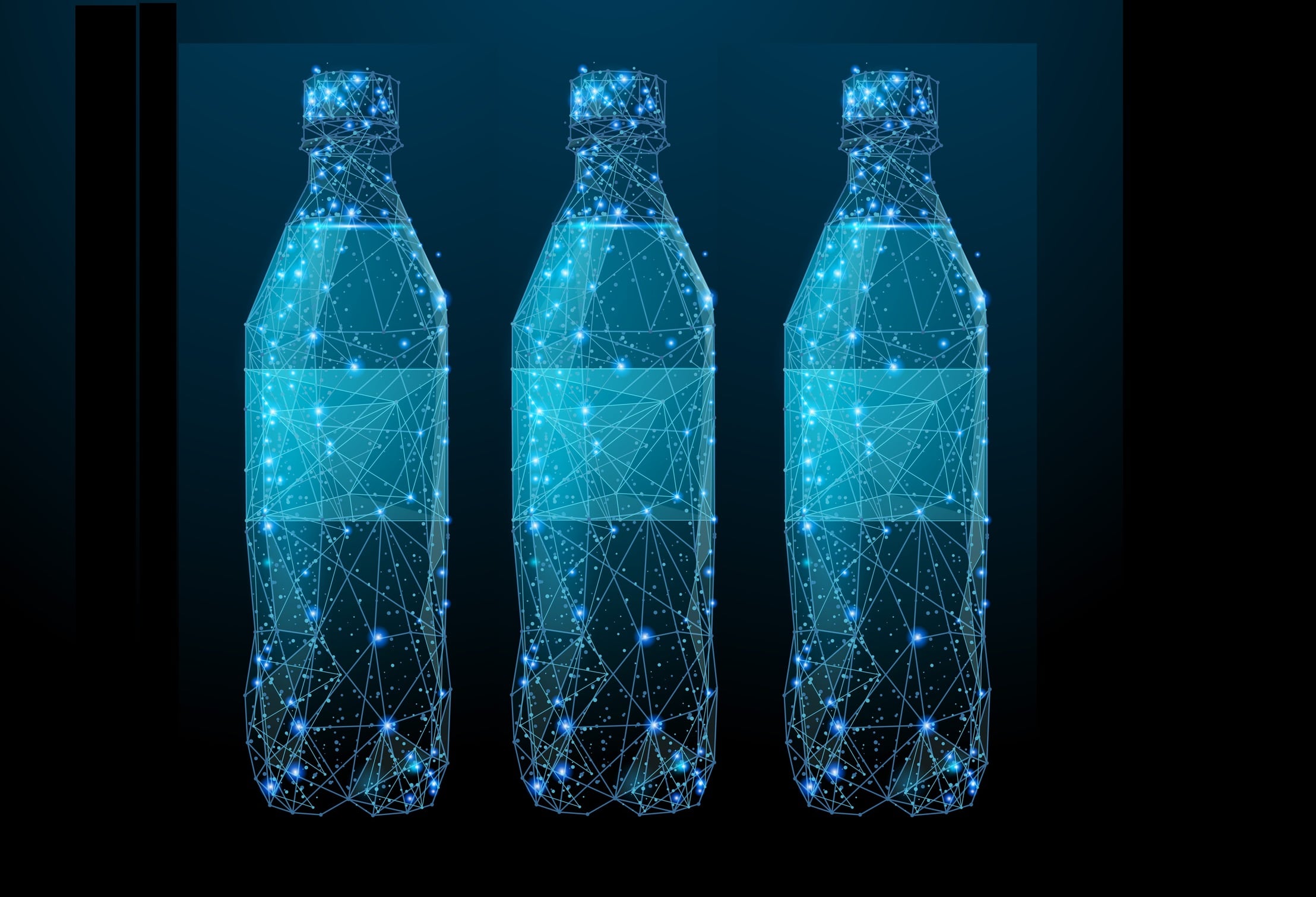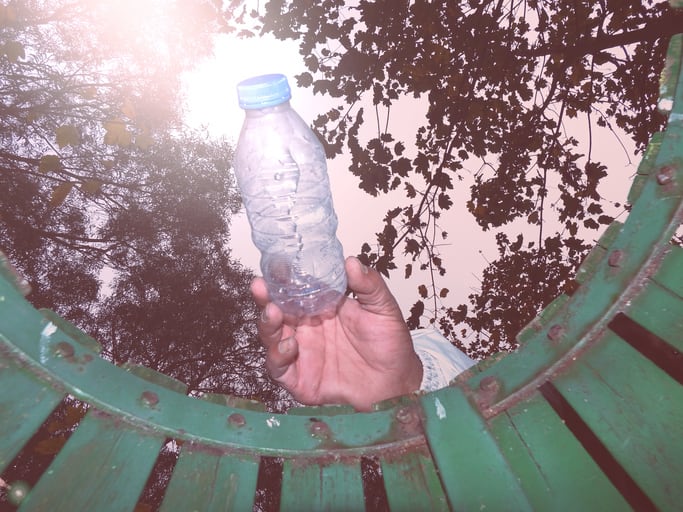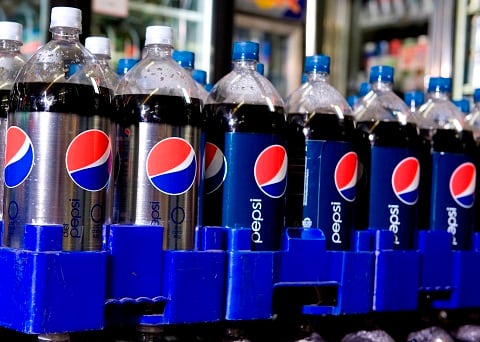The report, published by the University of Cambridge Institute for Sustainability Leadership (CISL), and created on behalf of a group of bottled water brands including Danone, Nestle and Suntory, sets out a vision where all bottled water and soft drink packaging is made from 100% recyclable or reusable material; resulting in non-recyclable and hard-to-recycle plastics being phased out
But it also wants to see the best low-impact drinks packaging identified and established, which considers the full life-cycle of a product.
“Industry and government should work together to optimise material choice for soft drinks packaging,” it says. “This could be achieved through a process of innovation, based on agreed goals and dynamic industry standards that ensure soft drinks are only put on the market in the best packaging available that can be recycled or reused, but that also has the lowest environmental impact overall.”
Action required
Producers are already innovating the reduce the volume of plastic used in bottled water and soft drinks packaging, and this should continue to ensure it is 100% recyclable or reusable, says the report.
The report 'Towards sustainable packaging' is published by CISL on behalf of the Future of Plastic Packaging Group, whose members are: Brecon Mineral Waters, Danone Waters (UK and Ireland), Harrogate Water Brands, Highland Spring Group, Lucozade Ribena Suntory, Montgomery Waters, Natural Hydration Council, Nestlé Waters UK, Shepley Spring and Wenlock Spring. The report was also reviewed by a panel of independent experts.
Hard-to-recycle plastic packaging should be phased out with immediate effect.
But the report also says that comprehensive research should also be taken to investigate the optimal material for bottled water and soft drinks packaging, that eliminates plastic waste while ensuring the lowest net environmental impact.
This could explore plastic (PET/laminate), non-plastic (glass, aluminium, cartons) and bio-based materials.
“From this will be created a design checklist that sets an industry standard based on properties of ideal material for soft drinks packaging; and innovation funding to research and identify new materials based on the industry standard.”
But the report warns there can be no quick fixes, with a complex set of parameters to consider.
Plastic: the current material of choice
Some 72% of all soft drinks in the UK are packaged PET/plastic. In the bottled water industry this is even higher – at 92% - while for sports and energy drinks it is 67%.
The current percentage of recycled PET (rPET) used to produce this packaging is unclear, as there is no formal reporting within the sector.
“One 2017 report identified that five of the six top international soft drinks companies used a combined average of 6.6% rPET globally, however, based on recent commitments by bottled water and soft drinks companies the actual figure is likely to be far higher than this,” suggests the report.
Of the PET/plastic drinks bottles put on the market in the UK, 74% are currently collected for recycling from kerbside – the highest recycling rate of all soft drinks packaging materials, according to the report.
“Most UK bottled water and soft drinks companies already have targets to ensure all their packaging is 100% recyclable by 2025, in line with the UK Plastics Pact targets.
“In addition, many have targets to increase levels of recycled content ranging from 25% by 2020 to 50% by 2025.
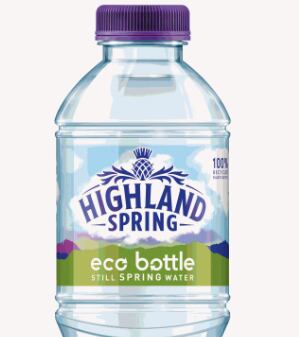
“Few have a target of 100% recycled content, although Highland Spring is trialling a 100% rPET ‘eco bottle’ and Ribena has had 100% rPET bottles since 2007.”
To increase the amount of rPET being used, investment and ambition must be boosted, says the report.
“For all plastic soft drinks packaging to contain even 70% recycled content, some challenges will need to be overcome, for example, increasing the availability and quality of recycled material, as well as making rPET commercially viable.
“Predictions based on currently available technologies only expect that between 70 to 90% recycled content is possible by 2030, however, setting a higher level of ambition could drive the innovation required to achieve 100% recycled content."
Plastic: pros and cons
From plastic straws to secondary packaging, moves are already being made away from plastic. But does this guarantee sustainability success?
“In eliminating plastic packaging waste, one option would be to switch materials, and there are instances of this already occurring. Some soft drinks are now being transported in cardboard instead of plastic shrink-wrap.
"
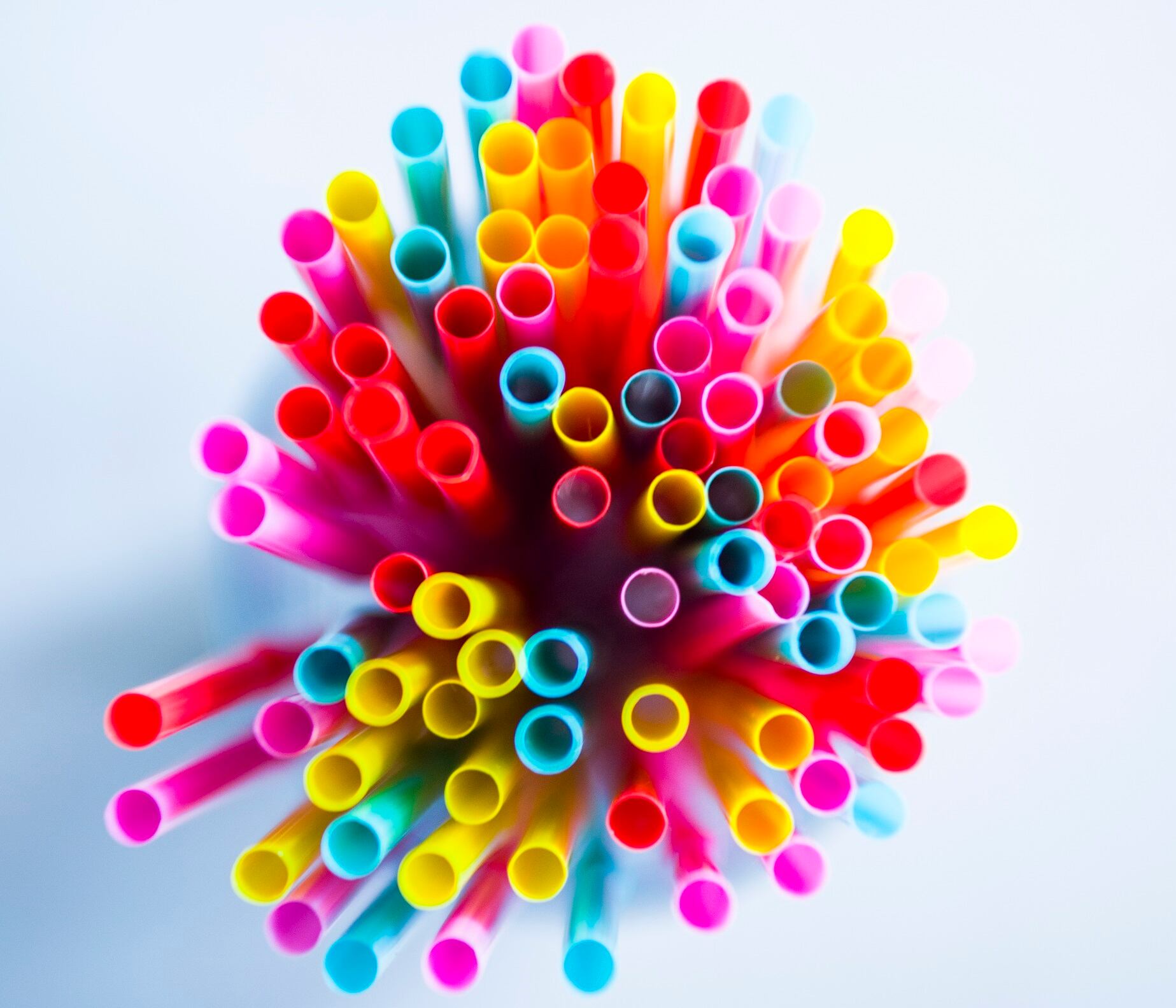
The plastic straws offered by food and drink outlets are being replaced with metal, bamboo and paper alternatives. Some retailers are offering soft drinks in only glass or aluminium with an increasing number of ‘zero waste’ stores opening.
“In making this shift, businesses need to ensure they understand the full impacts of any alternative to ensure they do not have any other, potentially worse, environmental consequences.
"One study estimates the overall environmental cost of using plastics in the soft drinks industry at nearly four and a half times less than it would be if the plastics were replaced with alternative materials, such as aluminium, paper and glass.
“For plastic bottles, life cycle analysis (LCA) consistently highlights its lower carbon footprint, with glass bottles needing to be reused at least 20 times before their carbon emissions become equivalent at current recycling rates for PET soft drinks bottles.
"However, some current assessment methods and studies do not necessarily account for end-of-life impacts. This includes how an item is disposed of and what impact it can have on the environment if not disposed of properly.
“Further research could help business to understand not only the net environmental impact of current materials available, but also lead to the potential development of a new full LCA tool to inform future packaging design considerations.”
Bio-based plastics
Bio-based plastics seem to have a promising future – but there are still many unknowns, warns the report.
“Bottled water and soft drinks companies are exploring the opportunity for creating bottles from plant-based materials, with some already on the market. However, although made from natural materials, bio-based PET bottles perform in the same way as oil-derived PET bottles, with the same plastic pollution challenges if they escape into the environment.
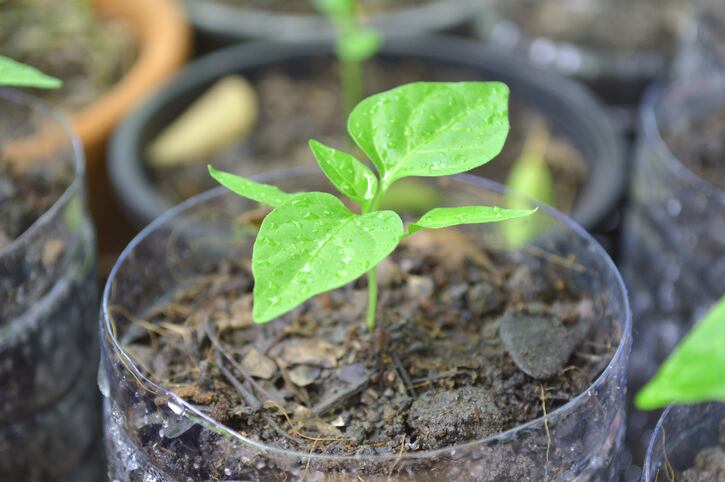
“Biodegradable materials that break down either in the environment or in composting facilities present another potential opportunity, for which the feasibility needs to be explored.
"The innovations already emerging include drinking water held in an edible film that you can eat, to a bottle made from paper that is designed to fully decompose within three weeks.
“However, there remain unknowns with biodegradable materials that need to be explored fully to see whether they could provide a solution at scale for soft drinks packaging.
“Most require specific controlled circumstances to break down, such as in industrial-grade composting facilities, so to be implemented at scale would require national infrastructure that is currently not available.
“Some, such as poly-lactic acid (PLA) biodegradables, look like conventional plastic, so there is a risk they may be disposed of via recycling instead of with compostable waste, which could contaminate PET reprocessing. Biodegradables, although made using renewable materials, also only provide a linear (take–make–dispose) solution, as they require adequate natural feedstock to produce. Although compostable, the broken-down product cannot currently be used to make new biodegradable products.”
Source:
University of Cambridge Institute for Sustainability Leadership (CISL). (2018). Towards sustainable packaging: A plan to eliminate plastic packaging waste from UK bottled water and soft drinks. Cambridge, UK: the Cambridge Institute for Sustainability Leadership.
Picture credits inset top to bottom: Highland spring; Getty/jon11; getty/warayoo

